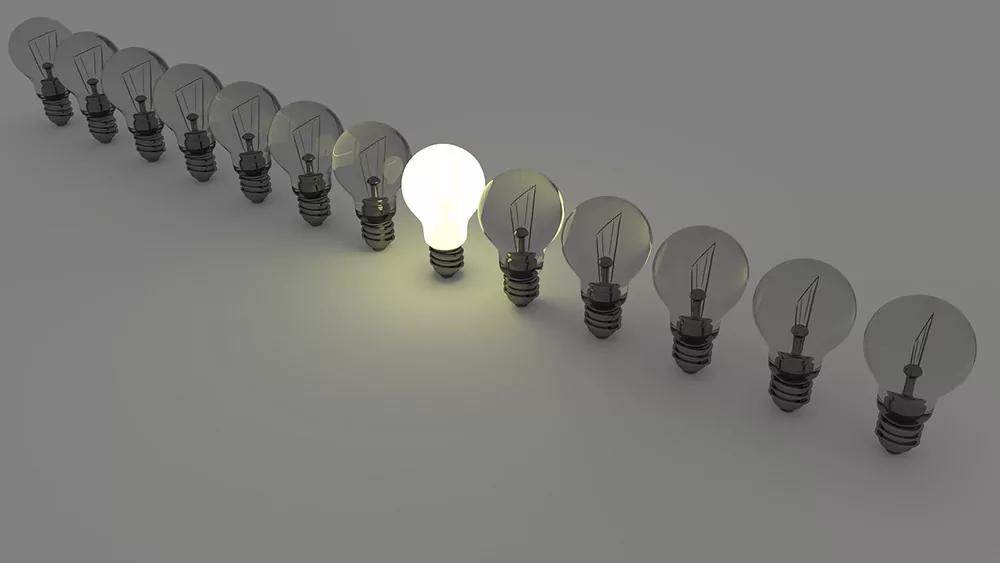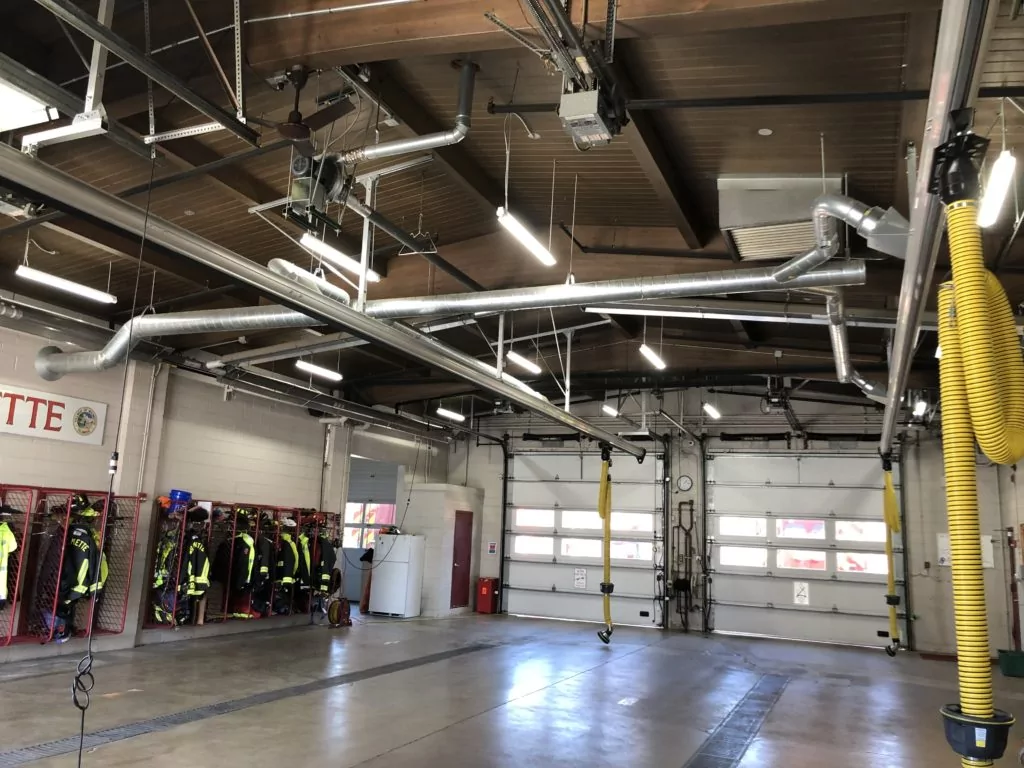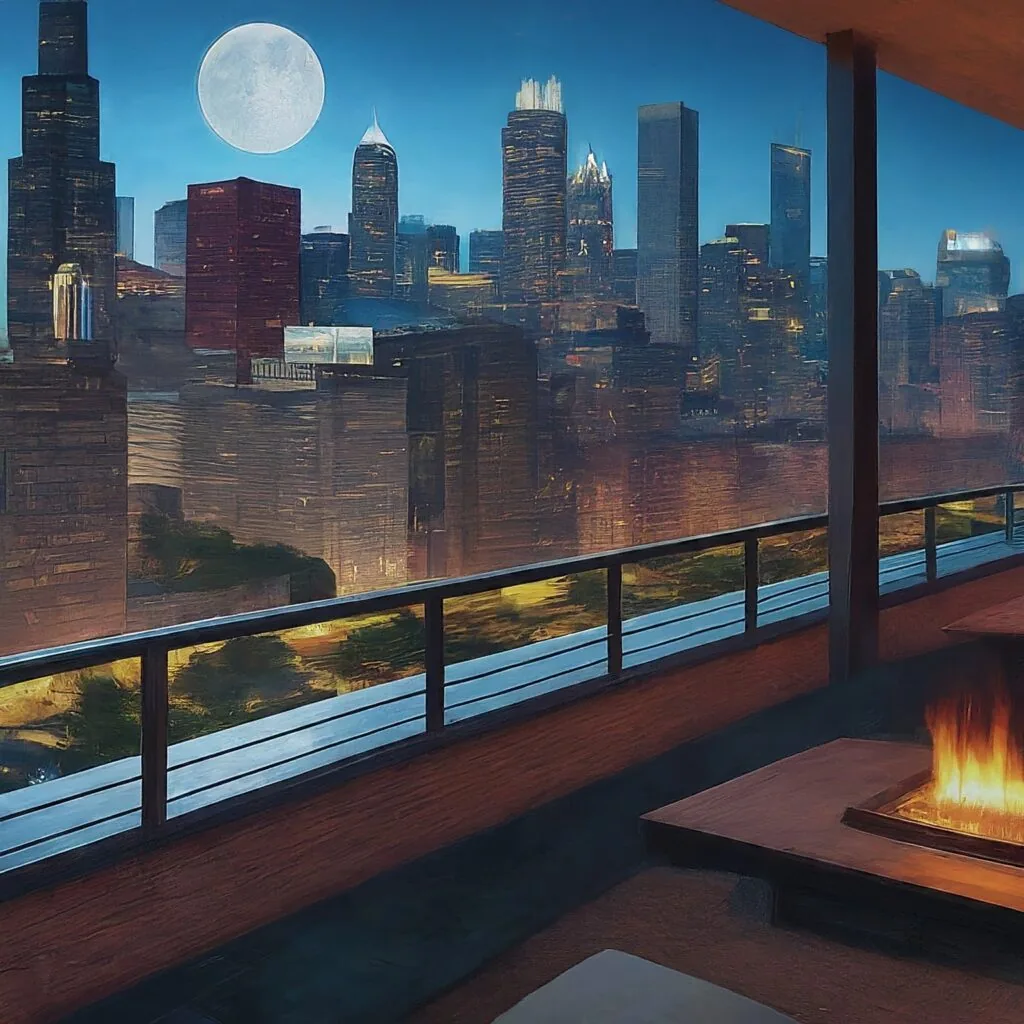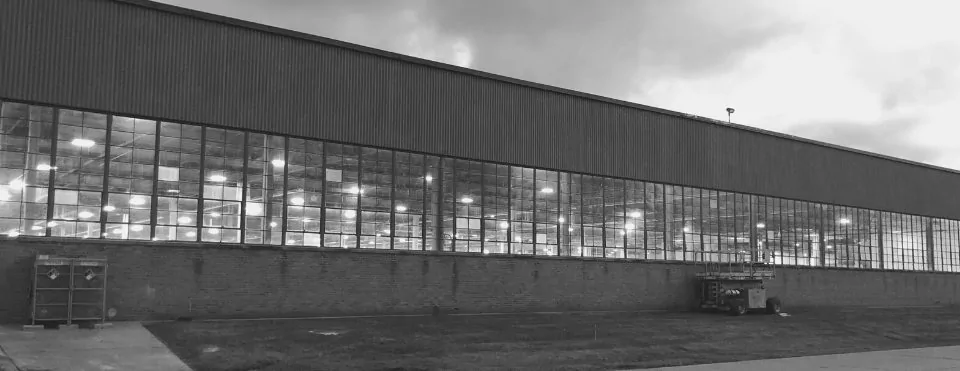The Facts of Light: Understanding Lighting Facts Labels

Oct 31 2017
You take the good, you take the bad,you take them both and there you have, the Facts of Light? No? It’s a little more complicated that that. Today we’re talking about Lighting Facts, that label you see one some lightbulbs, manufacturer collateral or in store displays. It looks more like something you’re going to eat rather than something that’s going to screw into a socket. Believe it or not, not all LED Bulbs are created equal, and you should pay attention to the lighting facts label on a product when making informed purchasing decisions and to be sure you are choosing the right bulb. The U.S. Department of Energy created the Lighting Facts program so that manufacturers of LEDs could substantiate claims of light output and quality, and consumers could make sure the LED’s they purchase meet their expectations. Much like comparing calories on a nutritional facts label, the most important facts of the LED are measured.
Lighting Fact Labels Measure;
- Lumensindicate light output. The higher the number, the more light is emitted.
- Lumens per watt indicates efficiency. The higher the number, the more efficient.
- Wattsindicate the energy required to light the product. The lower the wattage, the less energy is used.
- Correlated Color Temperature indicateslight color. “Cool” colors have higher Kelvin temperatures (3600–5500 K); “warm” colors have lower color temperatures (2700–3000 K). Cool white light is usually better for visual tasks. Warm white light is usually better for living spaces because it casts a warmer light on skin and clothing. Color temperatures of 2700 to 3600 K are recommended for most general indoor and task lighting.
- Color Rendering Index(CRI) indicates the effect of the lamp’s light spectrum on the color appearance of objects. The higher the number, the truer the appearance of the light on objects. Incandescent lighting is 100 on the CRI.
- LED Lumen Maintenance(optional) Listed as a percentage, this metric estimates the amount of light the LED light source is projected to emit at 25,000 hours at a given ambient test temperature, compared to its initial light output. This percentage is based on LM-80, in-situ temperature performance, and TM-21 projections.
- Warranty(optional) Partners provide a link to detailed warranty information.
Now you’re ready to use the Lighting Facts guide to assure you’re buying the right bulb for your application. When it comes to quality LEDs, you’re going to get what you pay for. It’s best to go with known brands, those that participate in the Lighting Facts program, and are Energy Star partners. Consulting with lighting professionals to be sure you’re using the correct LED solutions for the right applications will also help to be sure you’re making the right choices to illuminate your business. Our Verde staff are experts in the field of energy efficiency and would love to get your business going on huge savings! Reach out to us today to see what we can do for you.
Featured Posts

Mar 15 2021
Energy Savings Formula
In 2002, I became a firefighter in the north suburbs of Chicago. I was young and idealistic - loving almost every part of the job. However, I had another secret passion - sustainability. In addition…
Continue Reading >

May 02 2019
Verde Energy Efficiency Experts 10 Most Sustainable Companies in Chicago
In our energy efficiency consulting firm, we constantly look for inspiration from local companies that lead and innovate in clean energy and sustainability. Not all companies have billion dollar budgets, but that doesn’t mean that…
Continue Reading >
Related Articles

May 30 2024
Energy Efficiency Lighting Systems in Hotels
Lower Energy Cost Hospitality with LED Lighting Systems In today's environmentally conscious world, hotels are increasingly looking for ways to reduce their impact. Energy-efficient lighting systems are a powerful tool in this effort, offering a…
Continue Reading >

Aug 29 2023
The Importance of Converting to LED Display Case Lighting
Light emitting diode (LED) lighting is quickly becoming the standard for display case lighting. This is due to a number of advantages that LED lights have over traditional lighting technologies, such as incandescent and fluorescent…


